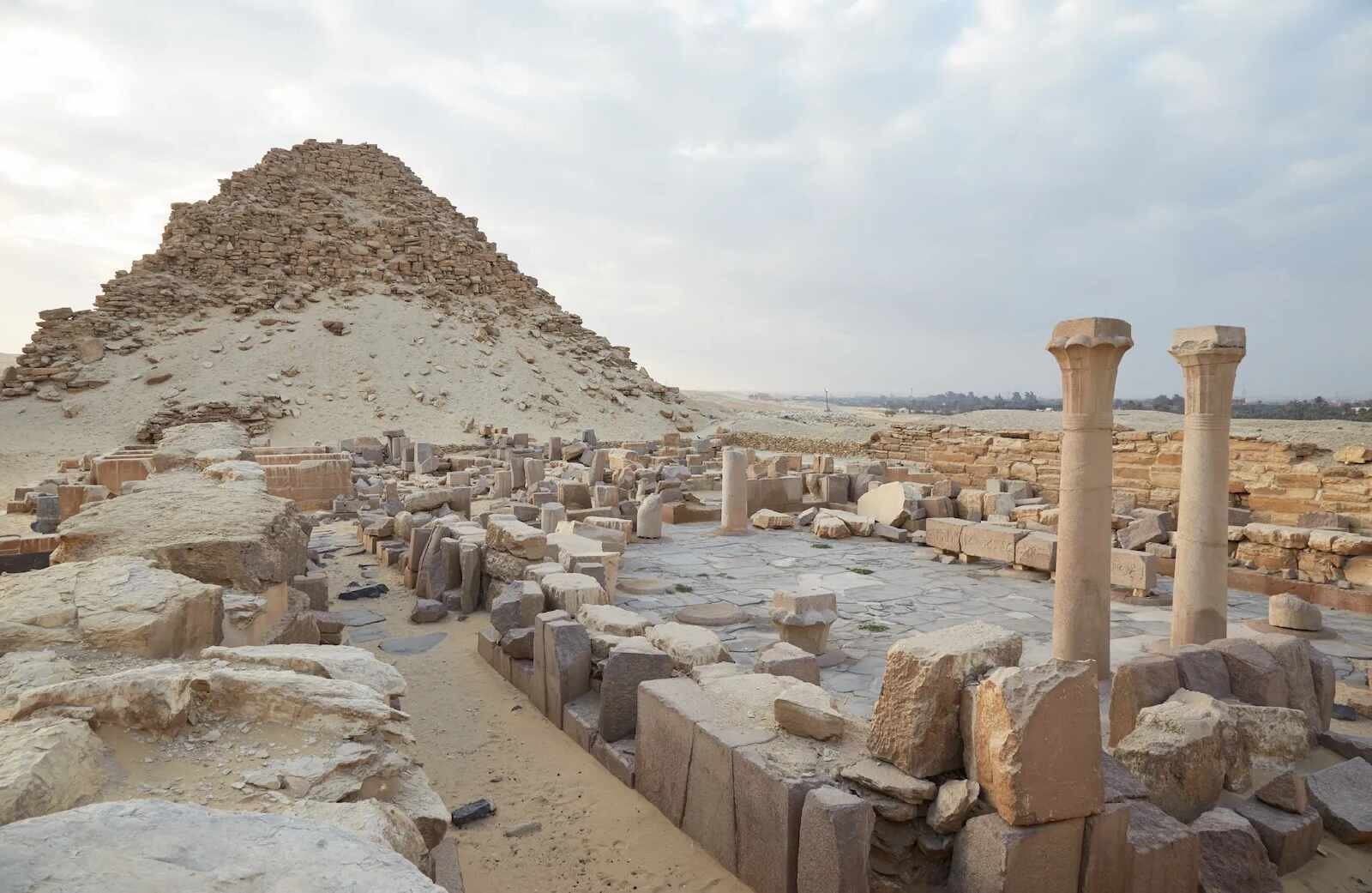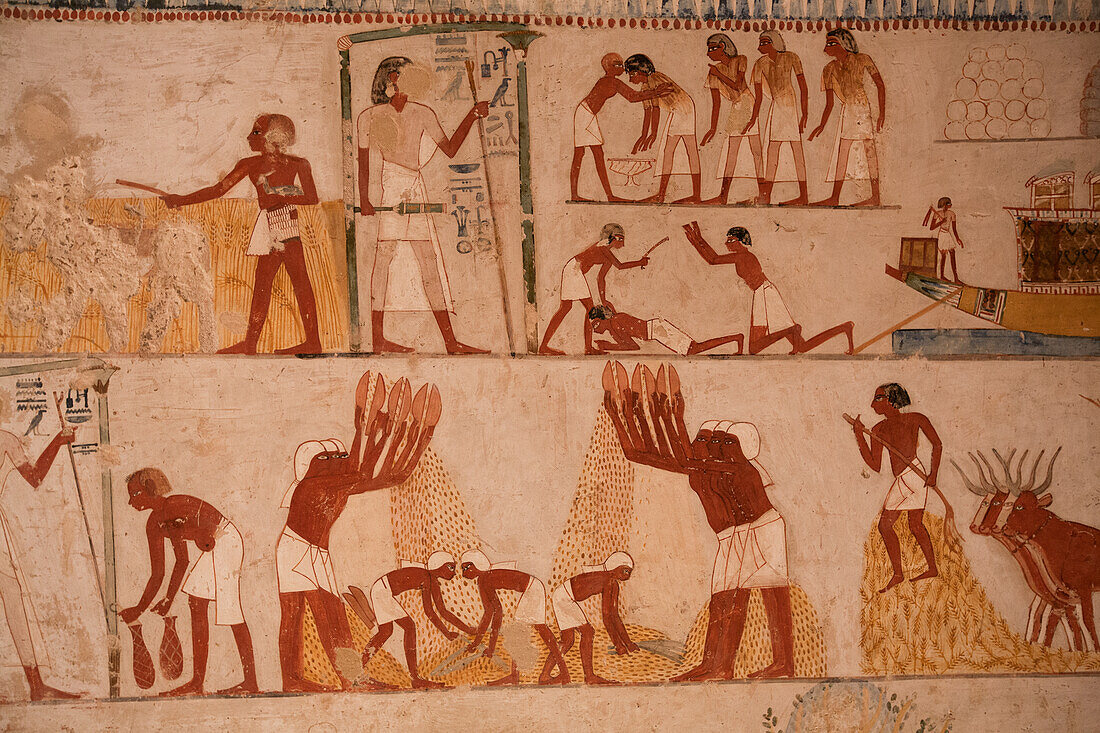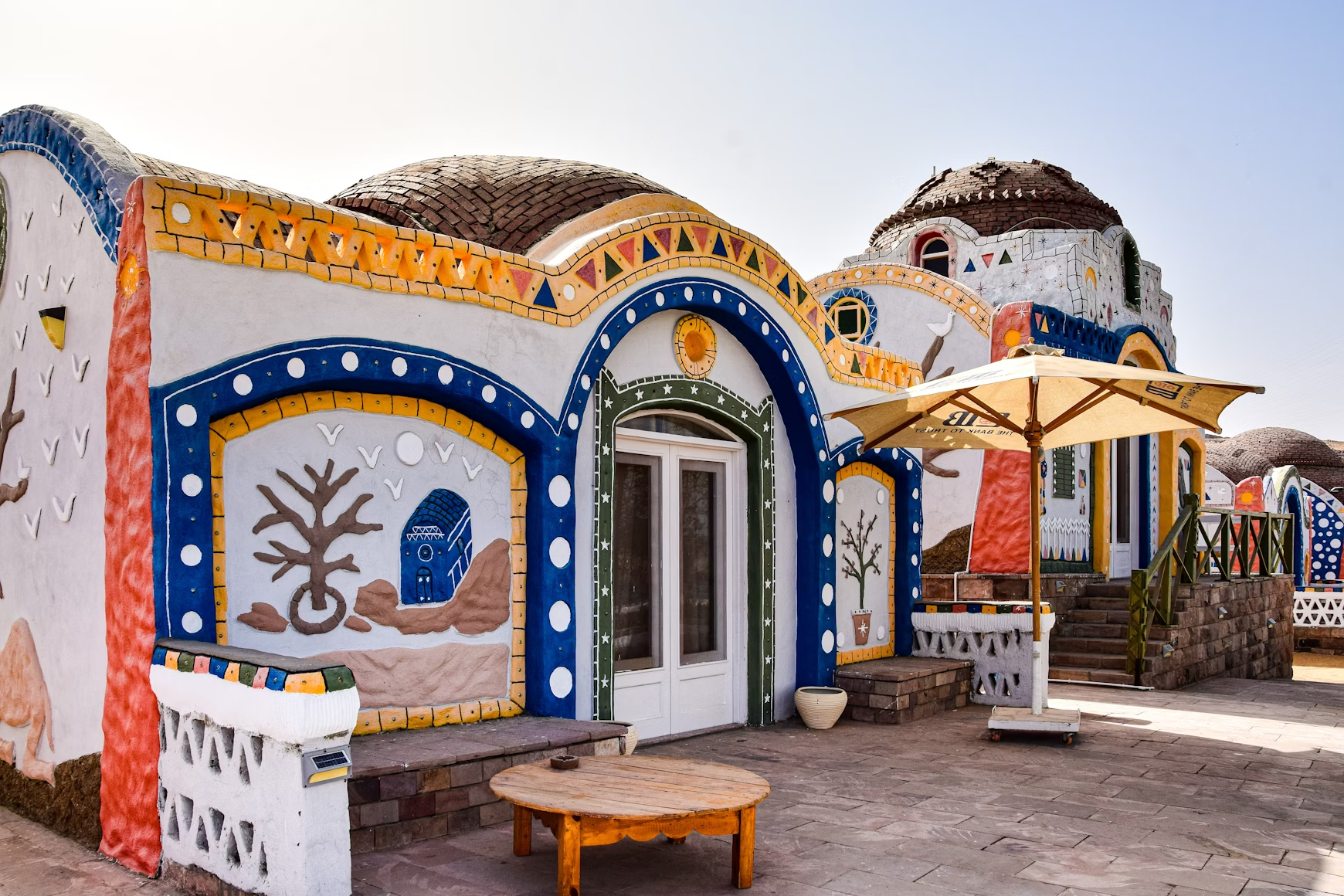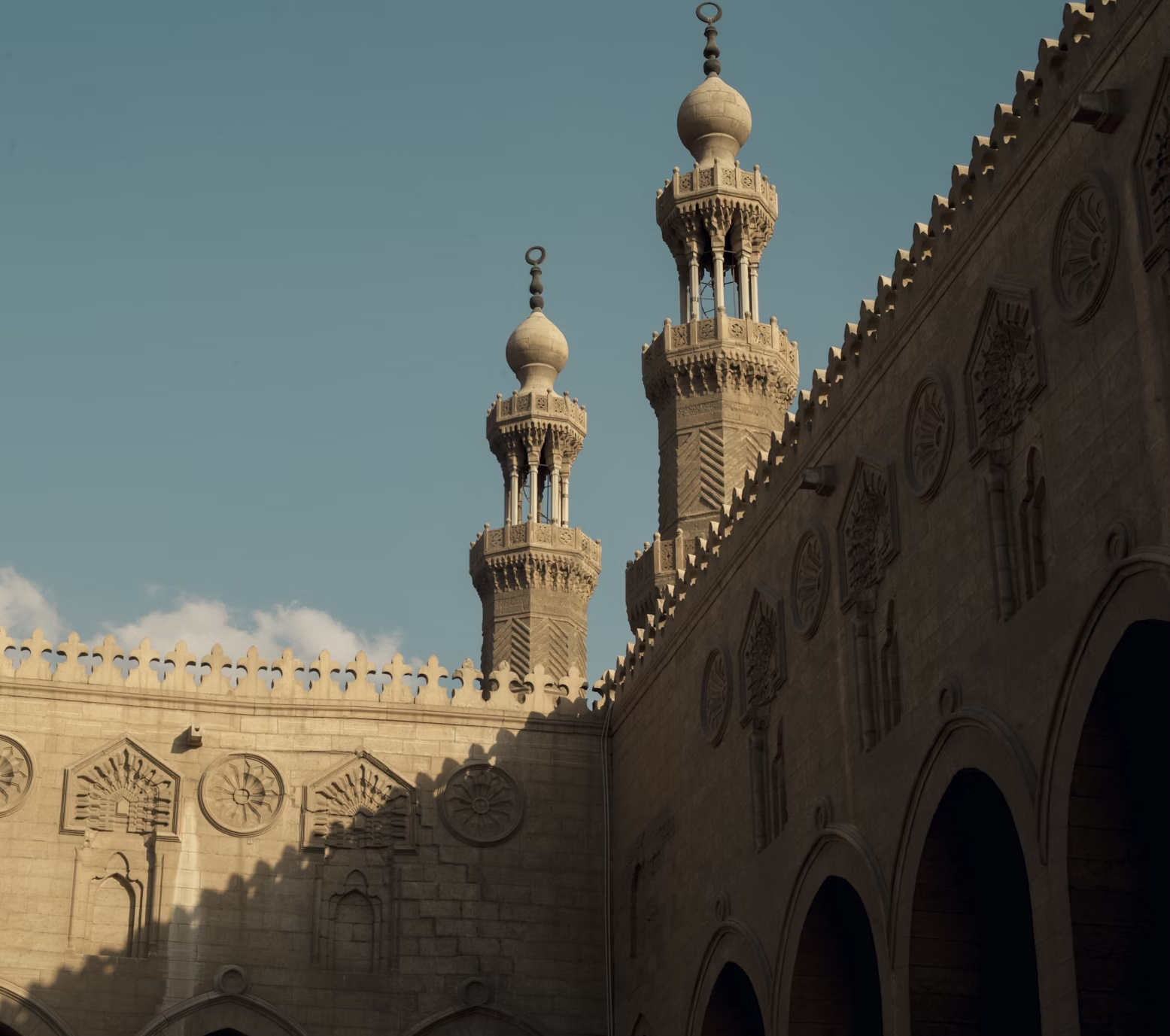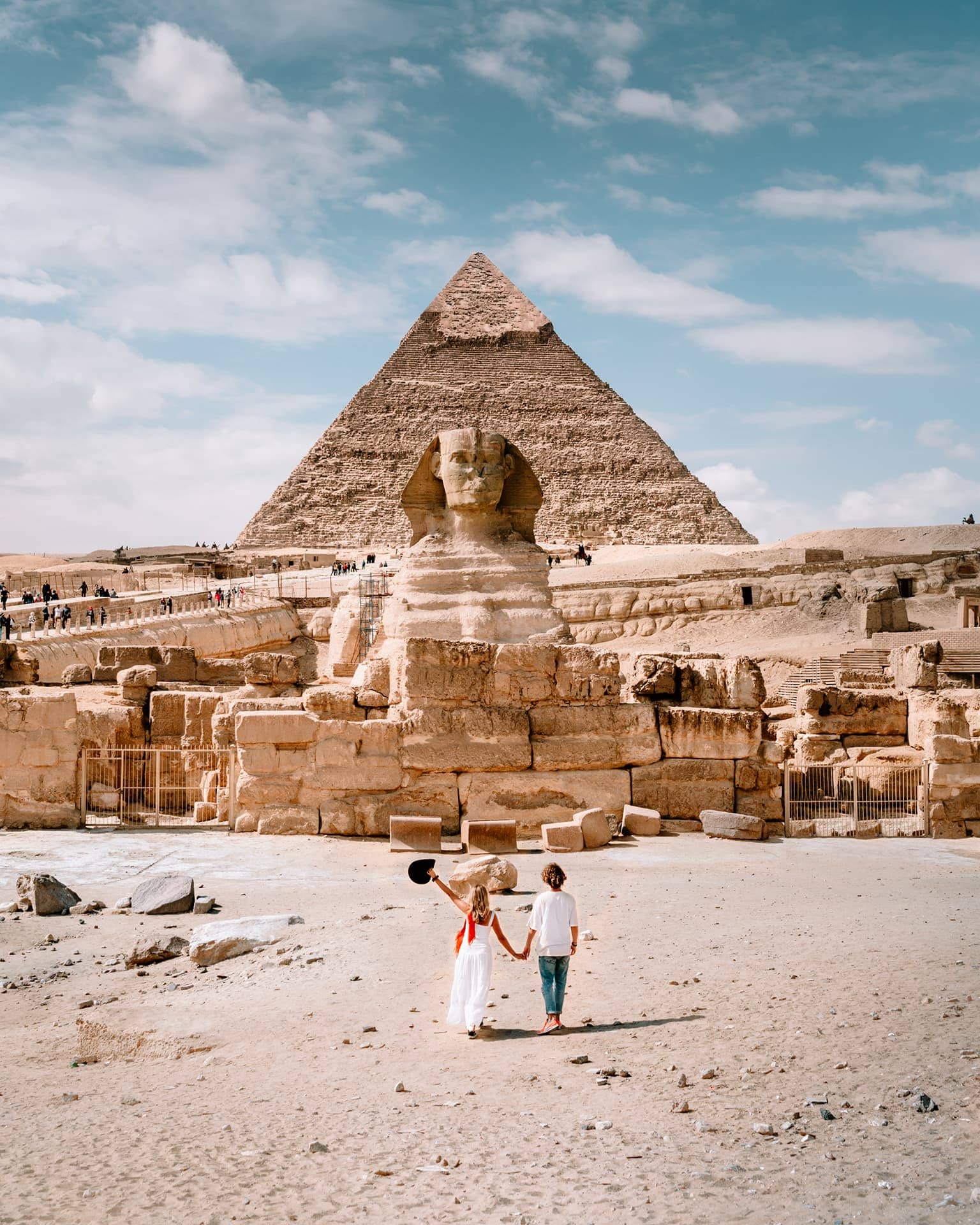History of the Pyramid of Sahure
It was built about 2500 BC during the reign of Sahure, the second king in the line of Egypt's Fifth Dynasty, and it was the Pyramid of Sahure. During that time, the revolution was underway in the construction of pyramids and house design was still a developing work in progress. Egypt holidays do quite well on other big attractions but this pyramid was a tomb and just not a symbol of divine power and eternal life for the Pharaoh. The very primitive among the pyramid complex ranks of Egypt is also the eyewitness to early monumental architecture.
The reign of Sahure was characterized by peace, military expansion with the gain of new territory, and prosperity, especially through trade with adjacent areas. The Pyramid of Sahure testified to this in that it was grand in terms of its dimensions compared to any tomb; it was also a statement of his divine relationship with the gods. A mortuary temple complemented the pyramid, where the rituals and offerings were said to have been performed and dedicated to the Pharaoh's afterlife and this world.
Architectural Features of Pyramid Sahure
The Pyramid of Sahure, unlike Giza's great pyramids, is a relatively diminutive structure of only 47 meters in height, yet one can appreciate its architectural beauty. Egypt day tours mostly highlight the larger pyramids, but this one is the most limestone-based in composition, with much of its outer casing long gone due to the ravages of time. Construction remains of the elaborate workmanship; the simple internal passages, in comparison to later pyramids, show early attempts at creating a secure, lasting tomb.
The mortuary temple associated with the pyramid of Sahure was a magnificent sanctuary complete with reliefs and inscriptions depicting the Pharaoh in all kinds of ceremonial and daily activities-from hunting to receiving tribute from foreign lands. Connected with the pyramid by a causeway that extended from the Nile to the pyramid complex, this temple was, therefore, an integral part of the Pharaoh's journey to the heavens.
Importance of the Pyramid of Sahure
The Pyramid of Sahure is very important in the history of ancient Egyptian architecture. The pyramid of Sahure's history marks a transition from primitive and simple tombs to the highly elaborate pyramid structures of later times. The mortuary temple and the causeway adjacent to the pyramid foretelling the complex pyramid monuments of the Middle Kingdom and beyond, made it one of the earliest examples of the pyramids in this great path. The pyramid thus became one of the key developments in the construction of great tombs in the Old Kingdom for the later pharaohs.
Sahure's Pyramid represented much more than a tomb; it was indeed a spiritual monument. It signified the Pharaoh's passage into the afterlife and epitomized his divine role in perpetuating his eternal soul. The design of that pyramid and the religion connected with it tell much about the Pharaoh's role in Egyptian society, being both a political leader and a divine intermediary between the gods and the people.
Sahure's Pyramid is truly a venerable monument of ancient Egypt history, even if it doesn't quite make the headlines. Smaller than any of the Pyramids of Giza, it nevertheless contributed to the development of pyramid construction in Egypt, forming the transitional state from simple tombs to more elaborate monuments. Pyramid of Sahure facts tell us of its influence on shaping the architectural map of ancient Egypt. Its design, history, and cultural significance open a window to the religious and architectural reforms that fashioned the ancient world. This stands as proof of Pharaoh Sahure's legacy and the very architecture of Egypt.
 English
English
